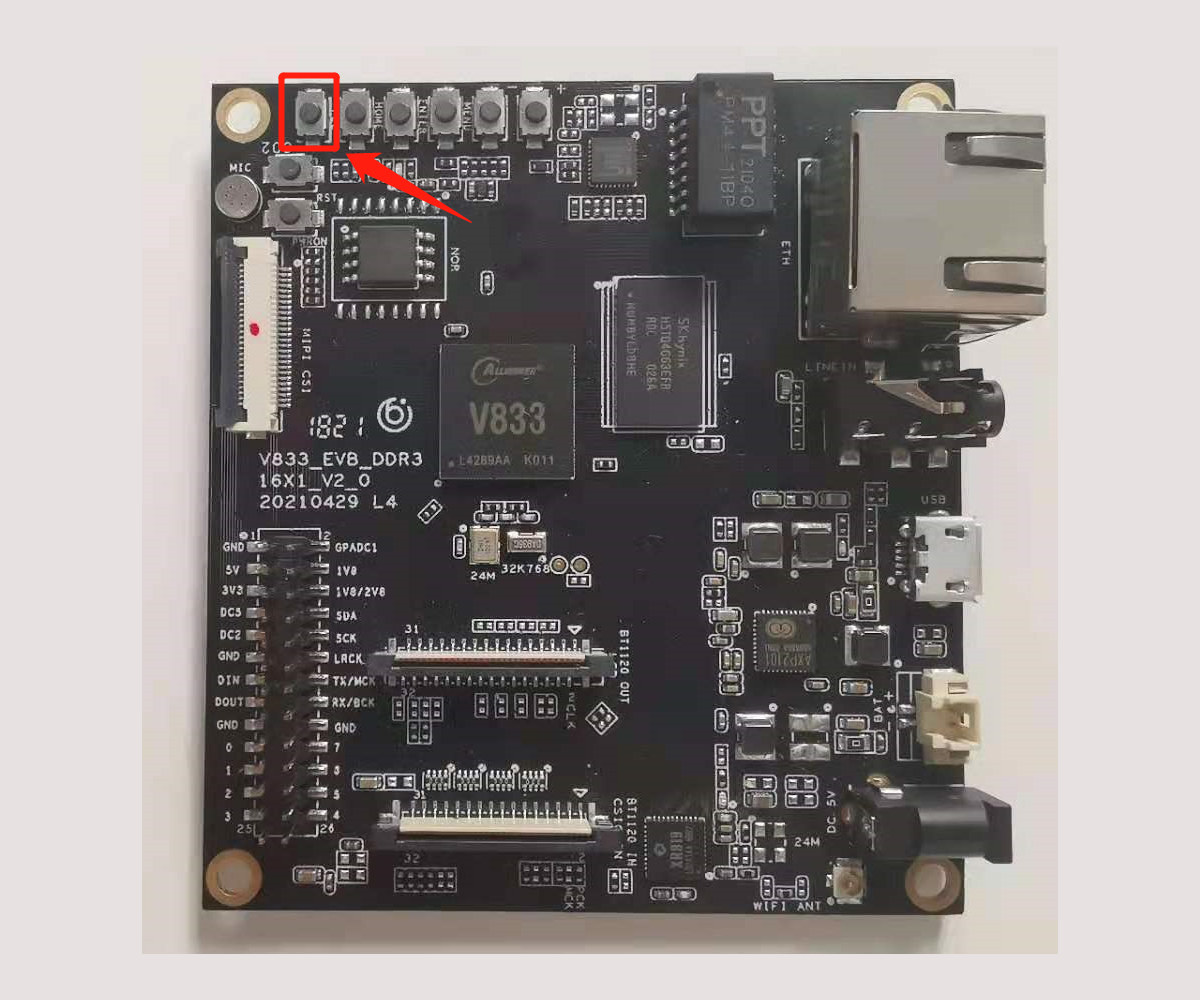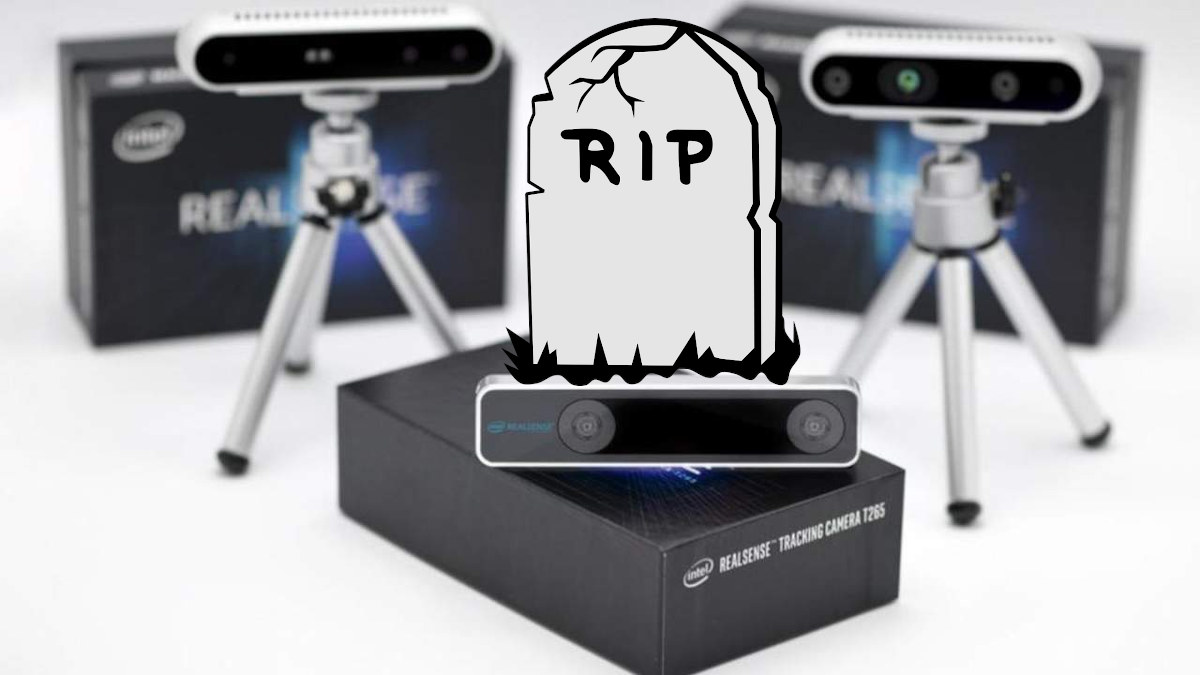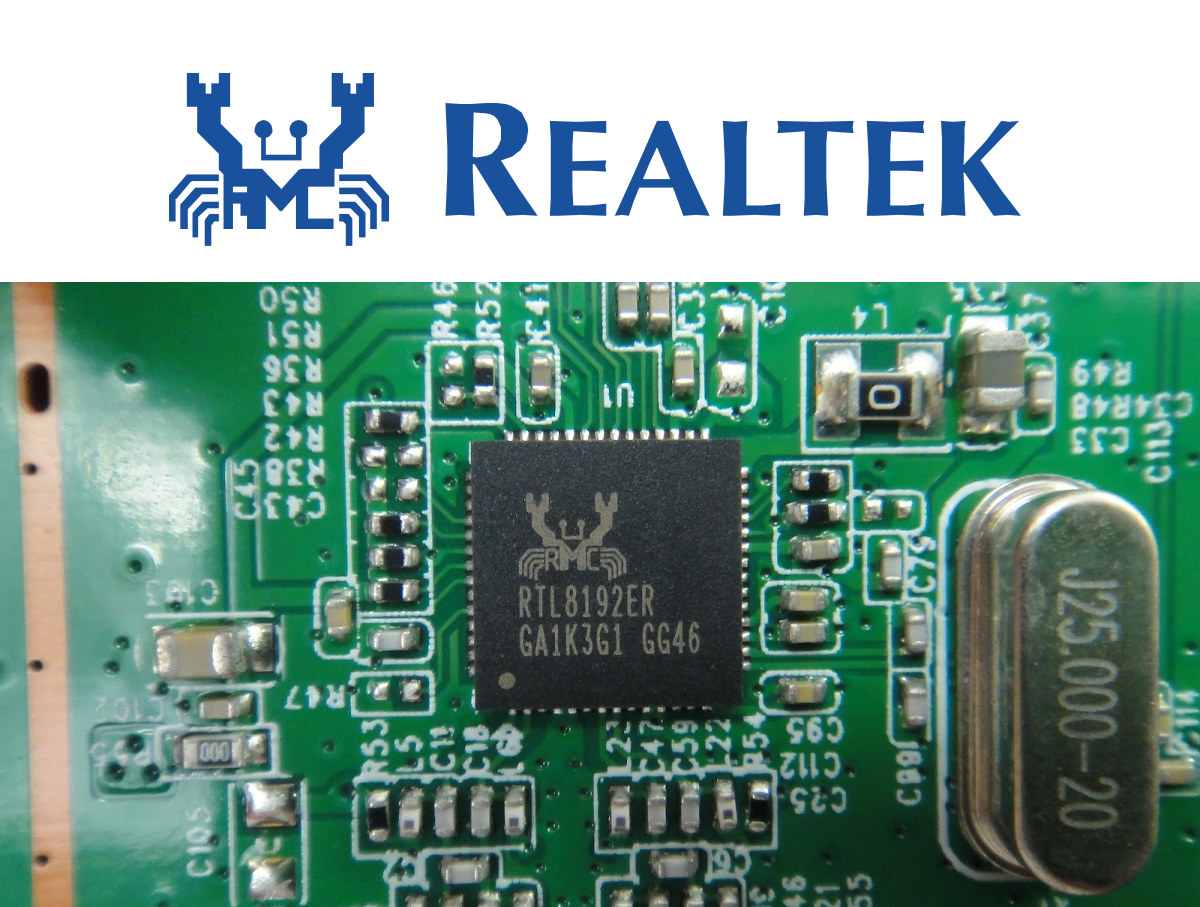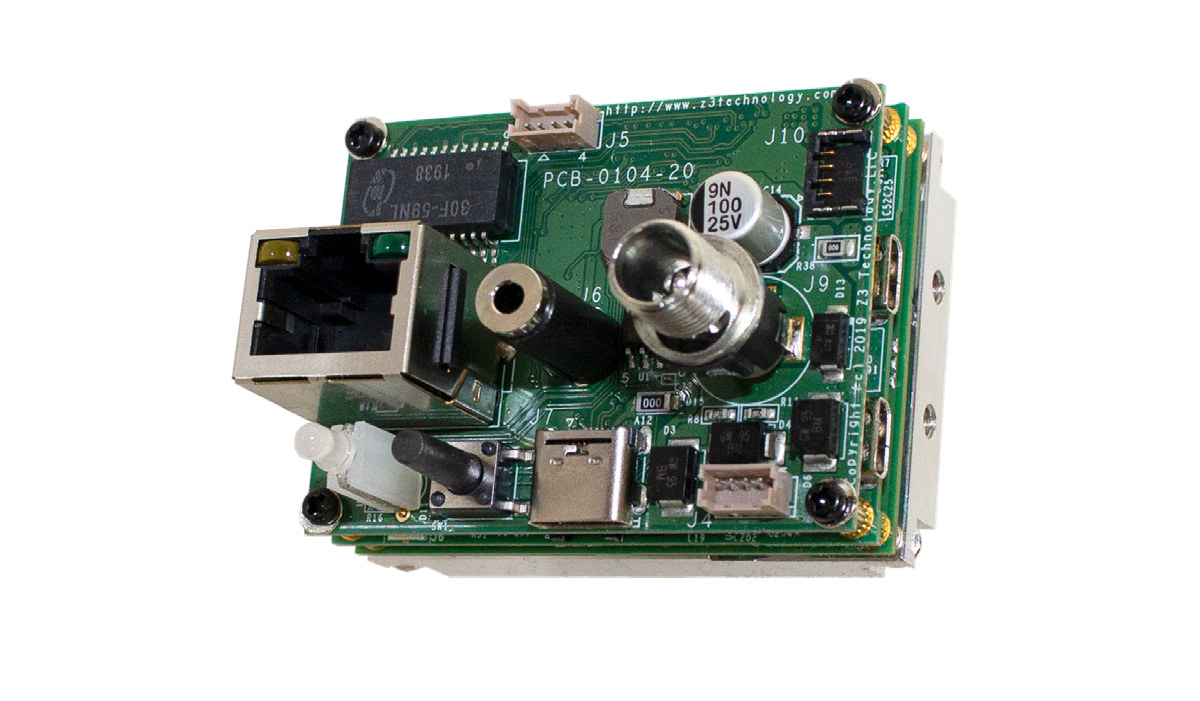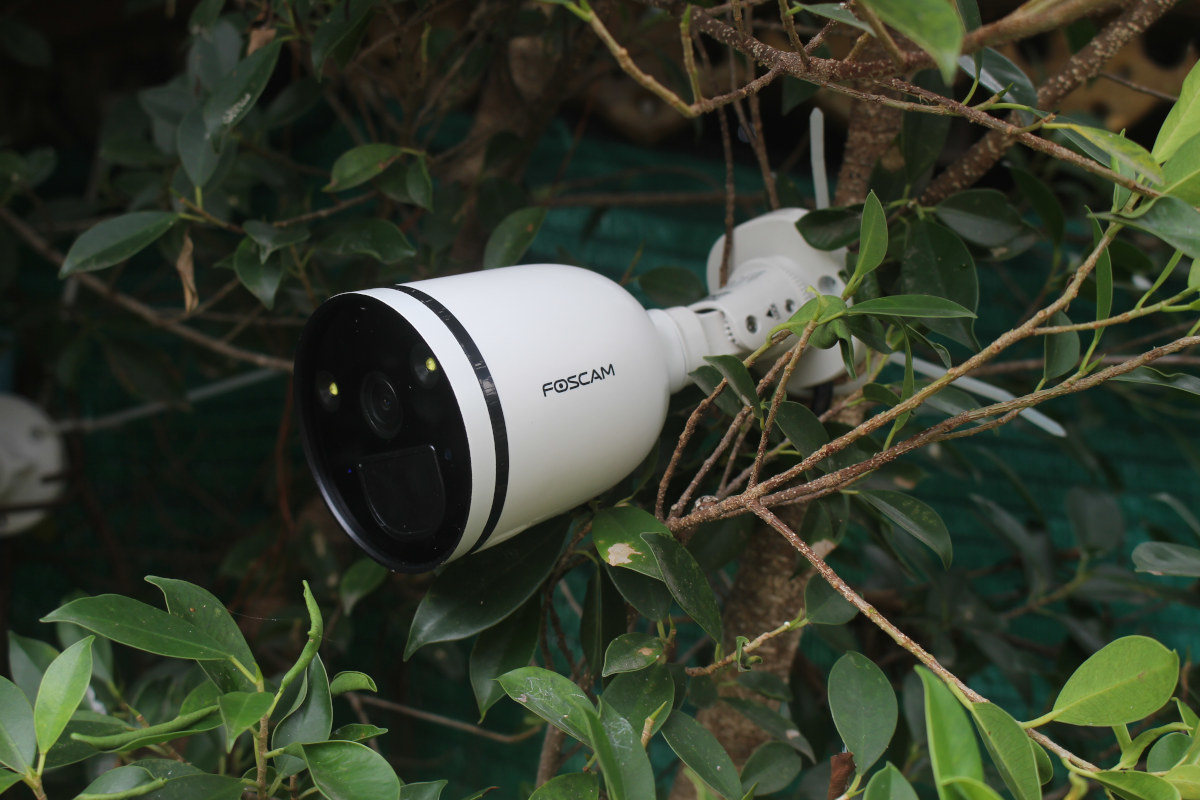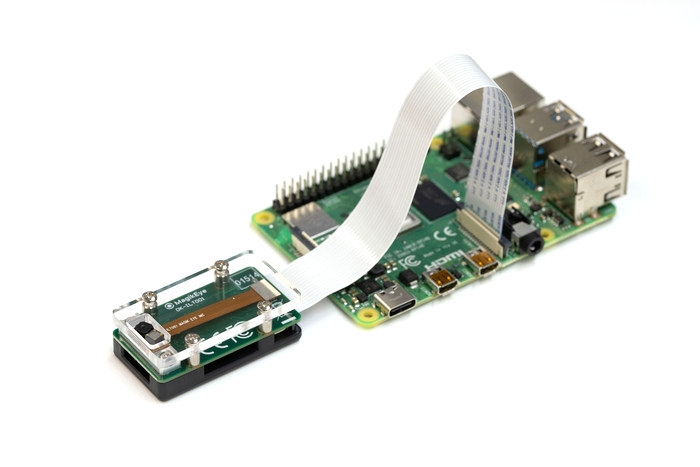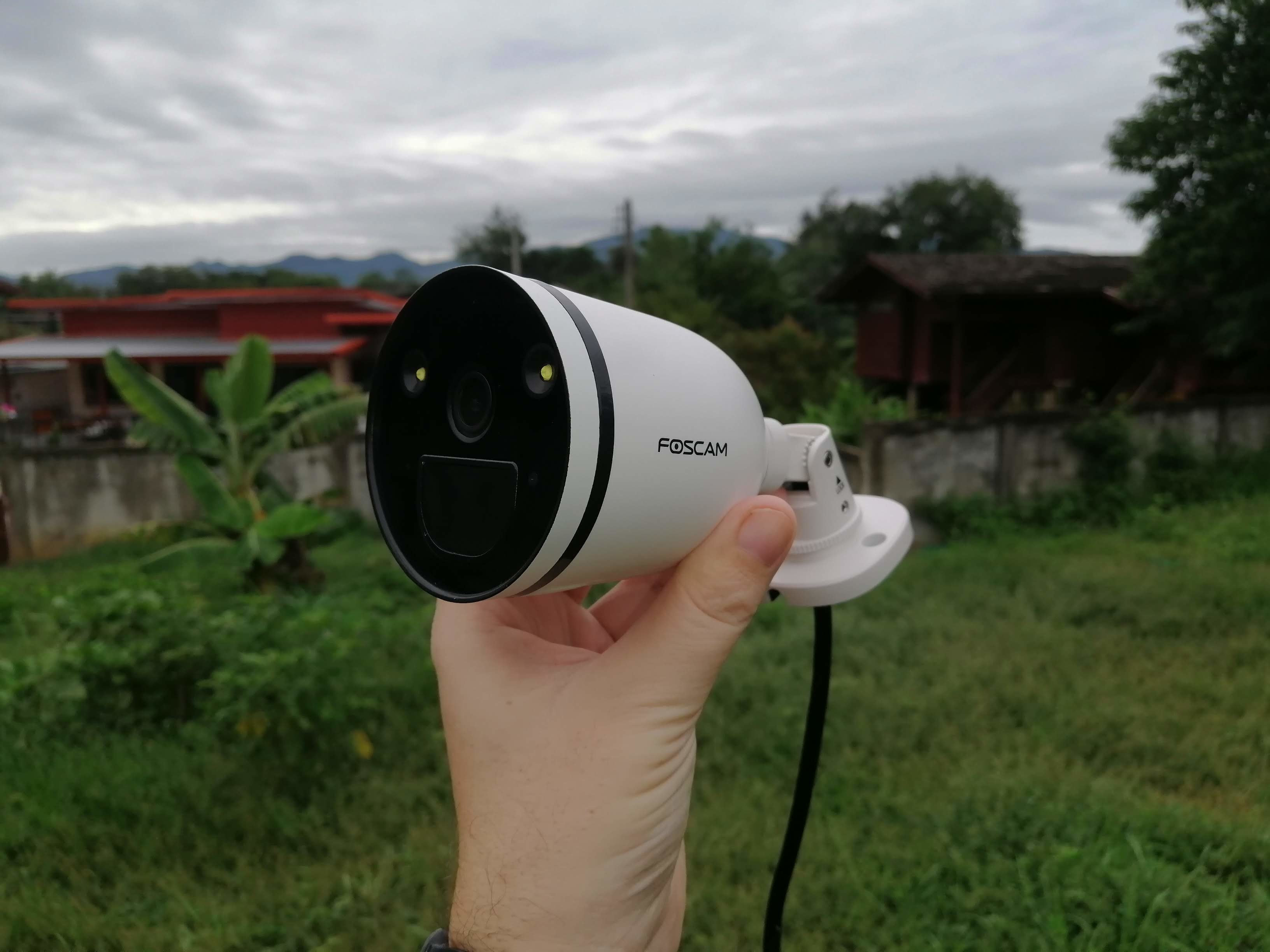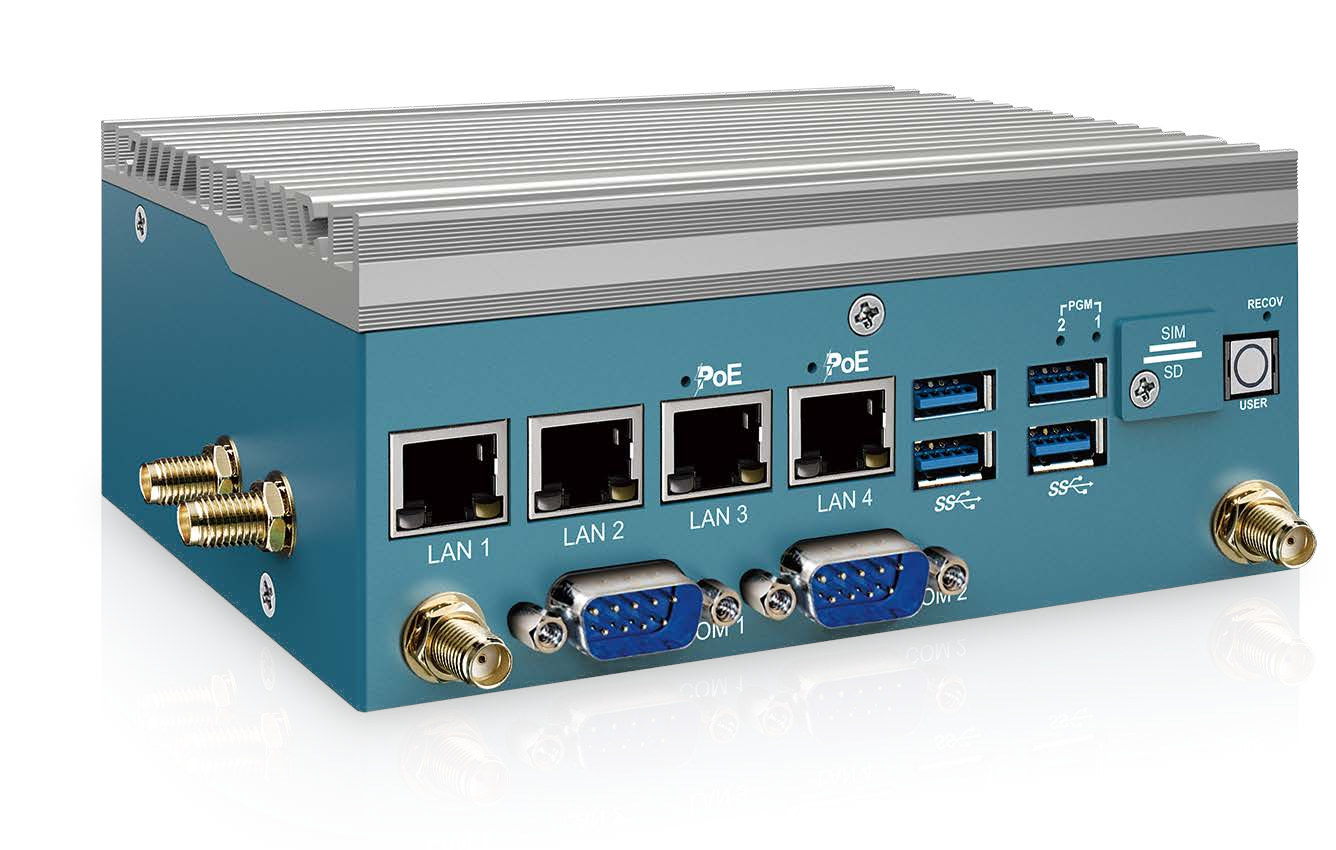Lindenis V833 is an AI video/camera development board based on Allwinner V833 single-core Cortex-A7 processor with a 400 MOPS AI accelerator (NPU) and running OpenWrt-based Tina Linux or Melis RTOS based on the RT-Thread kernel. The board comes with up to 3GB RAM, a MicroSD card socket, MIPI DSI, MIPI CSI, and BT1120 interfaces for video output and input, Gigabit Ethernet, 2.4 GHz WiFi, and a few other I/Os. Lindenis V833 specifications: SoC – Allwinner V833 single-core Arm Cortex-A7 processor @ up to 1.2 GHz with H.265/H.265 1080p video encoder, MJPEG 1080p video encoder, 400 MOPS AI accelerator (See PDF datasheet) System Memory – Up to 3GB DDR3/DDR3L Storage – MicroSD card slot with support for SDHC and SDXC, SPI NOR flash Display Interfaces 4-lane MIPI-DSI up to 1080p BT1120 output Touch panel header Video In 4-lane MIPI-CSI camera interface BT1120 input Audio – 3.5mm Line-in jack, built-in microphone Connectivity […]
RealSense end-of-life – Intel is phasing out its RealSense 3D depth cameras
We covered Intel Realsense technology ever since it was unveiled at CES 2014 with a 3D depth camera and Nuance Dragon Assitant voice technology for various AI applications including robotics, digital signage, and 3D scanners. Our last post was in January 2021 about a Rockchip RK3399 based industrial-grade 3D vision camera together with Intel’s announcement of RealSense ID facial authentication. But RealSense is going away according to a report by CRN explaining Intel was phasing out RealSense AI depth cameras. The email from Intel reads in part: We are winding down our RealSense business and transitioning our computer vision talent, technology and products to focus on advancing innovative technologies that better support our core businesses and IDM 2.0 strategy … We will continue to meet our commitments to our current customers and are working with our employees and customers to ensure a smooth transition The transition will be orderly as […]
Realtek AP-Router SDK vulnerabilities could impact millions of routers and IoT devices
The IoT Inspector Research Lab has discovered four high and critical vulnerabilities in the Realtek AP-Router “Jungle” SDK used for RTL819x SoCs that could impact millions of WiFi routers and dongles. An attacker can use a network attack, e.g. without physical access to the device, to generate a buffer or stack overflow helping him access the system and execute his own code. Realtek has released an advisory (PDF) with patchsets for all four vulnerabilities so you should upgrade the firmware if you can. Summary of the four vulnerabilities: CVE-2021-35392 – Realtek Jungle SDK version v2.x up to v3.4.14B provides a ‘WiFi Simple Config’ server called wscd or mini_upnpd that implements both UPnP and SSDP protocols. The server is vulnerable to a heap buffer overflow that is present due to unsafe crafting of SSDP NOTIFY messages from received M-SEARCH messages ST header. CVE-2021-35393 – Also impacts ‘WiFi Simple Config’ server (wscd […]
Compact H.265 4K video encoder is made for embedded, medical, and military applications
US-based Z3 Technology has announced the Z3-Q603-RPS, a compact H.265 video encoder system capable of supporting 4K and HD resolutions for embedded, medical, and even military camera applications through NDAA (National Defense Authorisation Act) compliance. The board runs Linux on Qualcomm QCS603 IoT processor for AI and computer vision applications, which we previously found in Microsoft’s Vision AI Developer Kit, supports Ethernet and WiFI 5 connectivity, as well as features such as PTZ (Pan Tilt Zoom). Z3-Q603-RPS H.264 & H.265 video encoder system is comprised of an application board and a module with the following specifications: SoC – Qualcomm QCS603 (aka Qualcomm Vision Intelligence 300 Platform) with four Armv8 cores (2x 1.6GHz Kryo 300 Gold cores, 2x 1.7GHz Qualcomm Kryo 300 Silver cores ), Snapdragon neural processing engine, Adreno 615 GPU at 780 MHz System Memory – TBD Storage – NAND flash (capacity TBD) , MicroSD card socket Video Output […]
Foscam SPC review – Part 2: Human detection, Android app, ONVIF support
In the first part of Foscam SPC WiFi spotlight camera review, we checked out the specifications, the package content, and some of the main components of the camera with SigmaStar SSC337DE processor and a Realtek RTL8822CS dual-band WiFi 5 module. I’ve now had time to play with the camera and tested it with the Foscam Android app, including human detection, and enabled ONVIF support to use the camera with compatible third-party apps or programs. Foscam SPC installation and setup with Android app Foscam SPC camera is designed to be wall-mounted, but for this review, I simply attached it to the branch of a small tree. Note that contrary to the other cameras I’ve tested, the camera angle can only be adjusted up and down or rotated, but there’s no direct left or right adjustment. I’ve also connected the power adapter to power up the camera, but I did not install […]
MagikEye Developer Kit enables 120 fps 3D sensing on Raspberry Pi
MagikEye ILT001 developer kit (DK-ILT001) is a low-latency 3D sensing kit that connects to the Raspberry Pi’s MIPI CSI camera connector and features the company’s Invertible Light Technology (ILT) module with an infrared laser and a CMOS image sensor. The company says a “unique algorithm” developed in-house can generate 3D point cloud datasets acquired at high speeds (up to 120 fps) and with very low latency using simple hardware configuration. The kit targets researchers, students, and hobbyists working on machine vision, robotics, automated carriers, and other projects that can benefit from low-latency 3D sensing. MagikEye DK-ILT001 kit key features and specifications 850nm infrared light laser CMOS image sensor Range up to 1.5 meters (15 to 80 cm recommended) Compatibility – Raspberry Pi Zero W/3B/3B+/4 Power Supply – 3.3V (via MIPI Interface on Raspberry Pi) Power Consumption – 0.6W (average) Dimensions – 44 x 24 x 16 mm (within enclosure) Weight […]
Foscam SPC WiFi Spotlight Camera Review – Part1: Unboxing and Teardown
I’ve been reviewing a few IP cameras with built-in AI features with Vacom Cam, Reolink RLC-810A, and Annke CZ400 AI security camera which had by far the most advanced features going beyond human detection with luggage monitoring, line crossing-detection, and many more. Today, I’ve received another model with basic human detection. But Foscam SPC security camera also happens to come with a motion-activated spotlight, and it is the first camera I’ve ever received with support for dual-band WiFi meaning 2.4GHz or 5 GHz WiFi can be used as needed. In the first part of the review, I’ll go through the specs, do an unboxing, and go through teardown photos to check the internals. Foscam SPC key features and specifications Some of the highlights listed in the user manual and package: Camera 4MP camera up to 2560×1440 resolution @ 25 fps, 156° view of view (diagonal) HDR support 2x white LED […]
Vecow EAC-2000 fanless embedded system is powered by NVIDIA Jetson Xavier NX
Vecow Vecow EAC-2000 series fanless embedded system features NVIDIA Jetson Xavier NX module for the deployment of AI vision and industrial applications including traffic vision, intelligent surveillance, auto optical inspection, Smart Factory, AMR/AGV, and other AIoT/Industry 4.0 applications. The computer comes with up to four Fakra-Z connectors to connect GMSL cameras, as well as four Gigabit Ethernet ports, two of which with PoE+ support, takes 9V to 50V wide range DC input, and can operate in a wide temperature range from -25°C to 70°C. Two models part of Vecow EAC-2000 embedded system family are currently offered with the following specifications: System-on-Module – NVIDIA Jetson Xavier NX with CPU – 6-core NVIDIA Carmel ARM v8.2 64-bit CPU GPU -384-core NVIDIA Volta GPU with 48 Tensor Cores DL Accelerator -2x NVDLA Engines System Memory – 8GB LPDDR4x DRAM Storage – 16GB eMMC flash Storage – M.2 Key M Socket (2280) for SSD, […]


